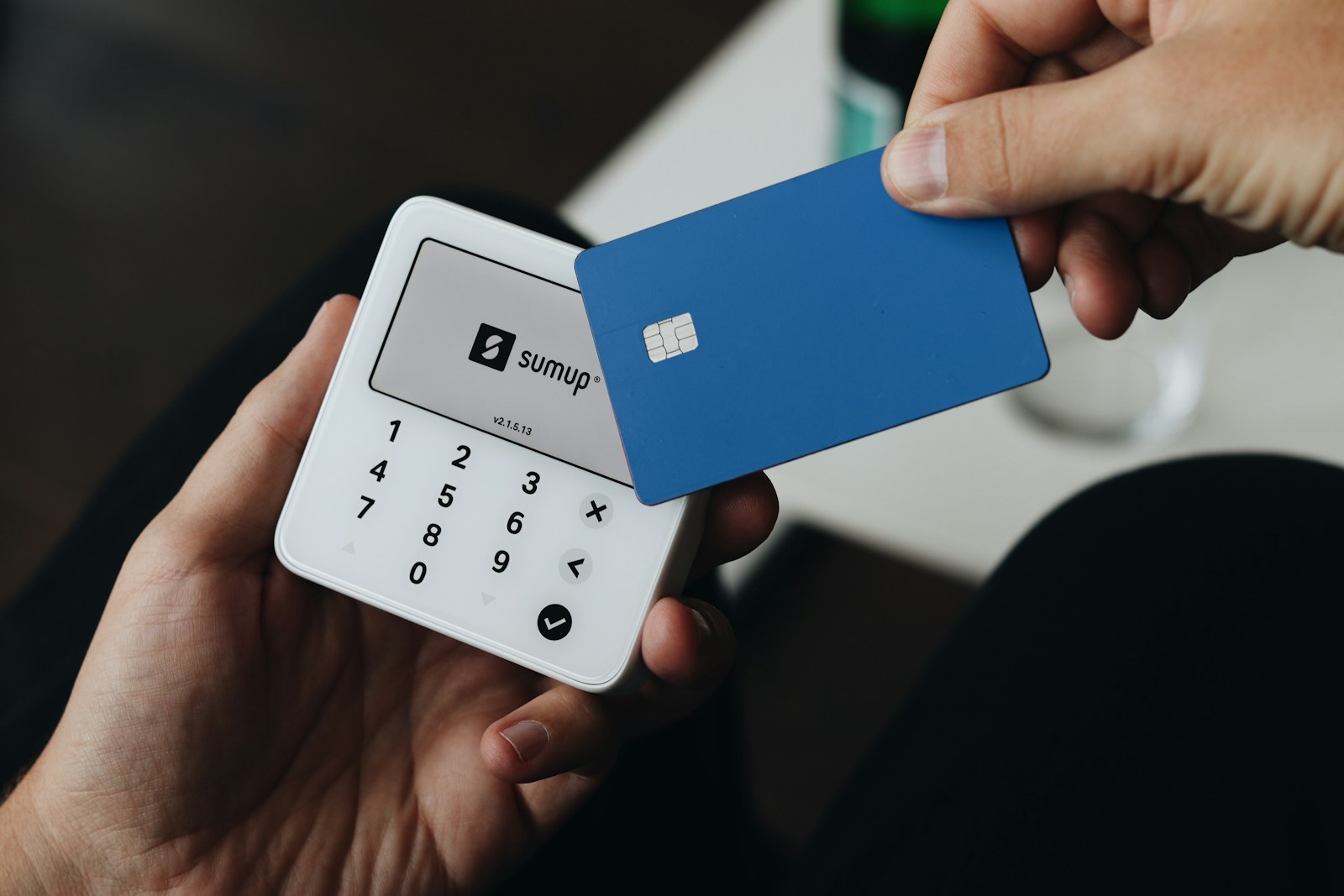Sweden is leading the global shift toward a cashless society, but what happens to those who can’t keep up?
Key Points at a Glance
- Sweden is one of the most cashless societies in the world, with only about 9% of transactions using physical cash.
- While the shift benefits businesses and urban consumers, it creates barriers for elderly populations and rural communities.
- Efforts to address inclusivity include government initiatives and digital literacy programs, but gaps remain.
Sweden has become a pioneer in the global race toward a cashless society. With digital transactions dominating its economy, the nation has managed to reduce costs associated with handling physical money and has streamlined commerce for businesses and consumers alike. Yet, this shift poses significant challenges for vulnerable populations, particularly the elderly, rural residents, and those who face digital exclusion.
In Sweden, only about 9% of transactions are now conducted using cash, a sharp decline compared to the global average. The ubiquity of Swish, a mobile payment app jointly developed by major Swedish banks, has contributed to this shift. Even small businesses and street vendors have adopted digital payments, leaving little room for traditional cash transactions. Banks, too, have closed physical branches and stopped handling cash, further accelerating the trend.
This rapid transition is celebrated as a model for efficiency and economic modernization. Proponents argue that cashless transactions reduce crime, streamline financial operations, and offer convenience for consumers. For businesses, going cashless minimizes risks associated with theft and counterfeit money while lowering operational costs.
However, Sweden’s leap into a cashless future has not been without consequences. Older generations often struggle with adopting digital payment methods. Many seniors lack access to smartphones or face difficulties navigating new technologies. According to a 2024 report, around 15% of Swedes over the age of 65 feel excluded by the cashless economy.
Rural communities face a different set of challenges. Internet connectivity in remote areas is not always reliable, making digital transactions difficult. Additionally, these regions often lack adequate infrastructure to support a fully cashless lifestyle, such as ATMs or mobile payment-enabled devices.
Immigrants and low-income groups also encounter barriers. Limited access to banking services or smartphones, combined with a lack of digital literacy, exacerbates financial exclusion. Critics argue that these disparities contradict the inclusivity goals of a modernized economy.
To address these issues, the Swedish government has introduced measures to safeguard access to cash. Legislation passed in 2020 requires major banks to ensure customers can withdraw cash and make deposits within a reasonable distance from their homes. Digital literacy programs have also been launched to help seniors and other vulnerable groups adapt to new technologies.
Moreover, advocacy groups are pushing for more inclusive solutions. Nonprofits and local organizations have stepped in to bridge the gap by providing education, resources, and community-led initiatives. These efforts aim to create a safety net for those struggling to adapt to the cashless transition.
Sweden’s experience serves as a case study for other nations considering a shift toward cashless economies. While the benefits are undeniable, the Swedish model highlights the need for thoughtful policies and proactive measures to ensure no one is left behind. Balancing technological progress with social equity remains a challenge that requires collaboration between governments, financial institutions, and civil society.
As Sweden continues to refine its approach, the world watches closely to see whether its efforts can create a truly inclusive cashless society or if significant gaps will persist.
